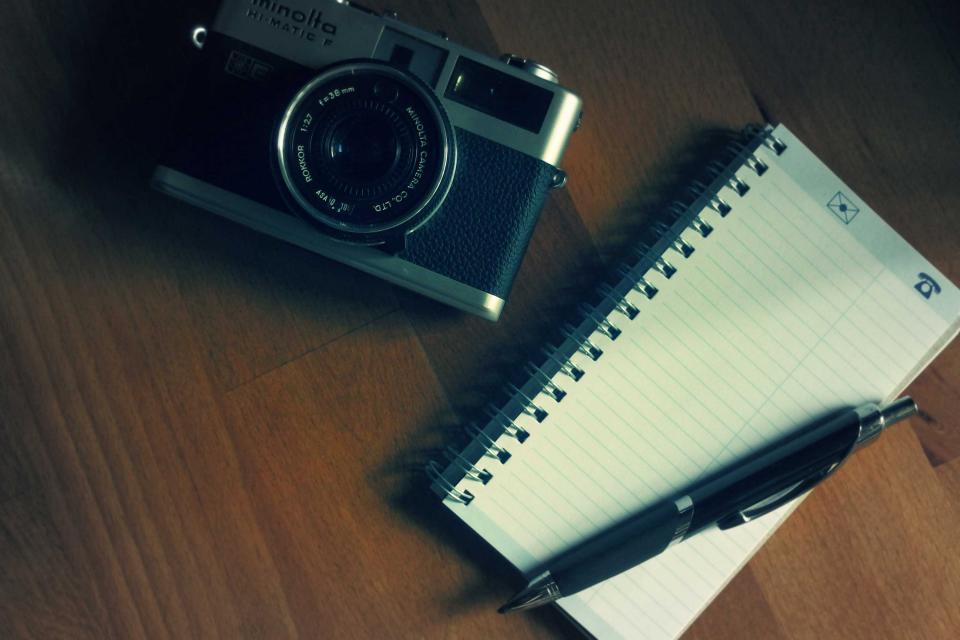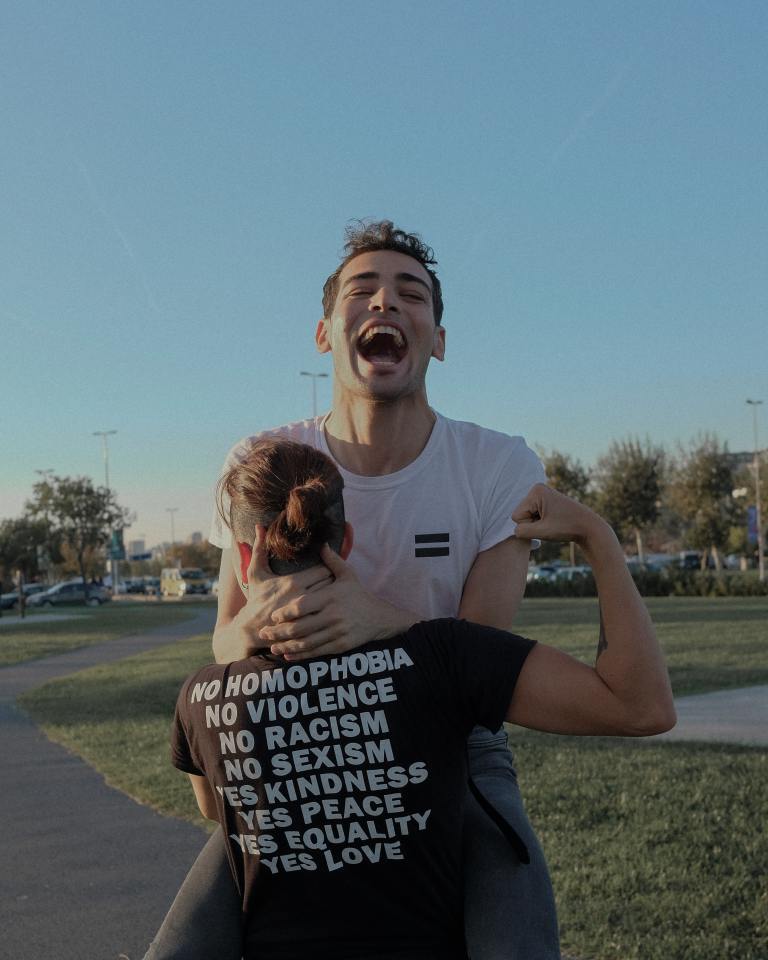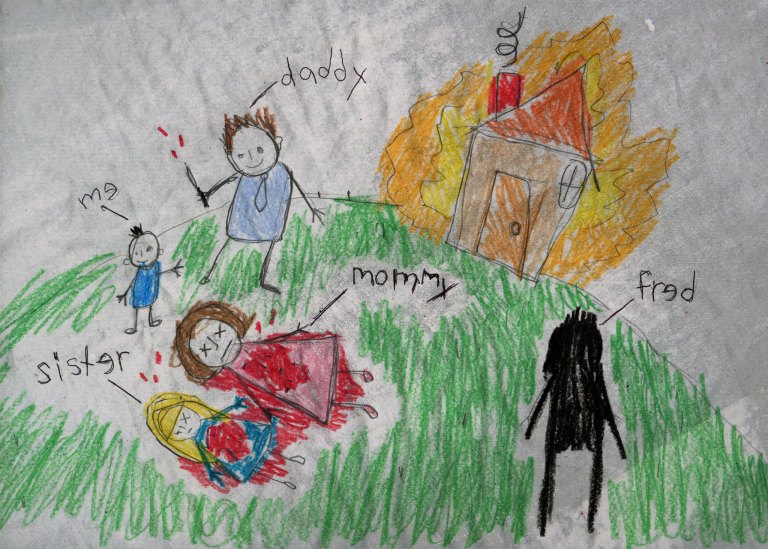Why So Many “Professional” Photographs Turn Out Awful
I have always enjoyed aesthetic, but found there are far too many photographers permeating the industry who assume that females are to be shot in a sexual fashion.


When I was eighteen I decided I wanted to pursue my exceptionally unique longtime ambition of acting in television and movies. With a little help from a close friend of my father’s who is in the business, I registered with a casting agency or two and submitted my profile to various projects throughout the tri-state area.
Naturally, the first step of my journey to success was to acquire headshots. My photographic representation taken by the casting agency was shoddy at best, and it did not portray my appearance to my liking. The lighting was bad; I was not prepared for the picture; there was nothing good about it at all, except perhaps my earrings, which at the time I adored, though in retrospect were far too large for a proper headshot.
I had a friend of my mother take my “official” photographs. She had won awards for her work, though it generally had more of an ethereal air than that of the archetypal headshot photographer. Most of her photos I had seen were of dainty toddlers wearing tutus and sleeping in picnic baskets. Her work is excellent, nonetheless, and I enjoyed some small success through her charity to my cause.
At the time, black-and-white headshots were the “thing” in the world of auditioning. Perhaps I am dating myself, but so it is: this was nearly a decade ago.
Through the employment of my first few sets of photographs and an accumulating résumé I was able to land a few small roles and background jobs. I enjoyed my time on set, as it gave me opportunity to acquaint myself with other ambitious — and often entertaining — individuals, as well as observe the goings on behind the scenes of popular television and film.
I was never fully satisfied with my portfolio of photographs, however. Headshots, to me, were always about more than merely scoring employment; they were a mode of self-preservation, of documentation of myself at different stages of my life. I imagined that one day I would see my grandchildren flipping through pages of my photos, asking me questions and wondering if they possessed my likeness, just as I did with my grandmother. I decided I would use other photographers to develop a vast portfolio of images.
Prior to each photography session, I made certain to perfect my image to the best of my ability; I practiced expressions and poise, colored my hair, straightened my shifting teeth, ate healthily, and effectively attempted to manipulate the occasion’s circumstances. I would select an outfit that properly suited both my tastes and personality, while reinforcing the theme of the shoot. It always felt as though a perfect storm were required to achieve satisfactory photographs.
As one may expect, I was often rendered disappointed. If the photos were taken outdoors, it was almost assured that the humidity would frizz my hair or moisten my face. In other cases, I dealt with sexualization, which I eventually learned was the origin of the majority of my issues with professional photography.
I have always enjoyed aesthetic, but found there are far too many photographers permeating the industry who assume that females are to be shot in a sexual fashion. This has always given me discomfort. Likewise, there are plenty of models in the industry who recognize this fact and either take advantage of it, thereby perpetuating the trend, or who succumb to it, believing it is simply what female models do. It is tiresome for those of us who disagree to continually swim against the current.
Yet, over the years, I have found it very difficult to properly articulate my vision to a photographer. I have given examples of pictures that inspired my ideas, only to see them cast aside and replaced with the photographer’s own vision. This occurs most commonly in TF (trade for) shoots, where collaboration between model and photographer is the accord and images typically the compensation. These shoots are rather frequent in the photography world, especially with so many who are aspiring or new to the field.
On the entire matter I cannot offer much, but I can put forward some mild advice: for one, it is crucial to express clearly the objectives of the photo shoot. All too often photographers and models experience discord over particulars that were never discussed. Boundaries, of both model and photographer, are another vital conversation to have, since without them, legality comes into play. A third recommendation is that personal imperfections and one’s level of comfort (with said imperfections) is something to address; it will ensure both the photographer and model do not provoke nervousness, mortification, or discomposure. Finally, if at all possible, it is best to meet or speak face-to-face prior to shooting.
Although it has taken me the better part of a decade to know my strengths and limitations when taking professional photographs, I am confident that my work in the future will continue to improve so long as I keep to my guidelines and maintain my principles. I sincerely hope to see the industry advance in a happy direction through the application of thoughtfulness and care. ![]()



